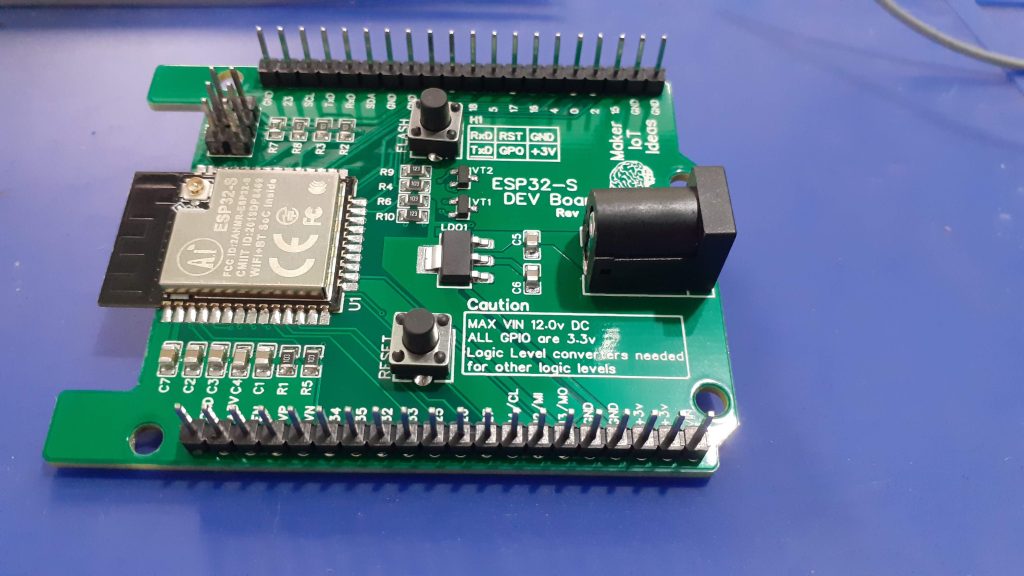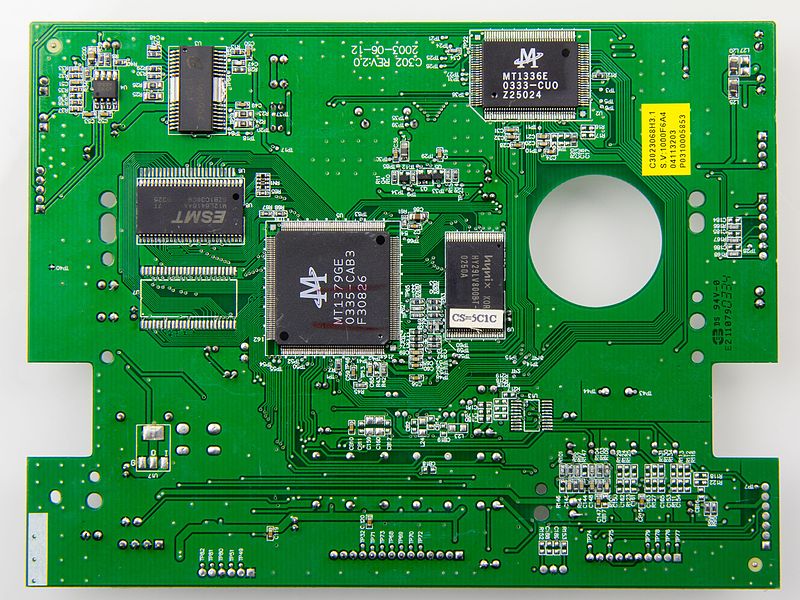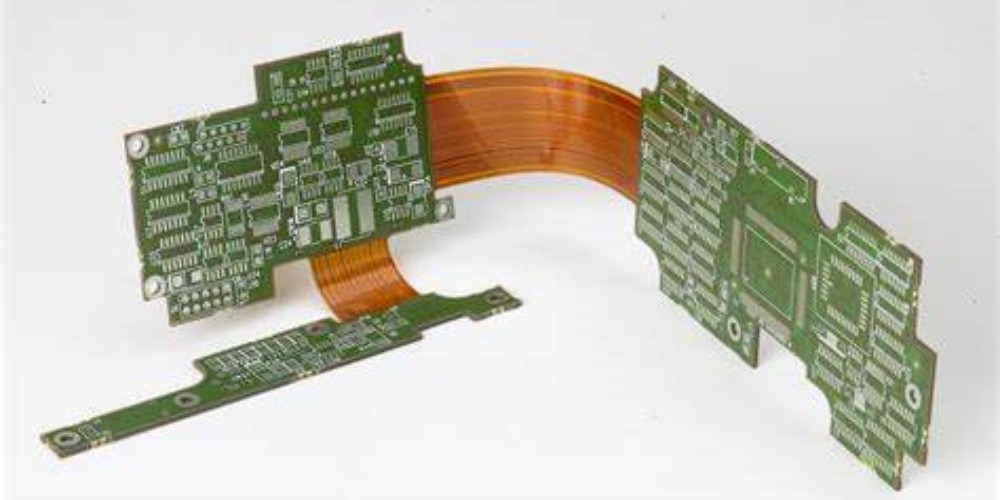Advances in PCB technology over the last century have had a tremendous impact on modern electronics. From printed circuit boards used to power early radio and television sets, to integrated circuits capable of controlling complex robotic systems and artificial intelligence networks, printed circuit board technology has evolved drastically over time.
This article will explore the history of PCB development from its origins in 1902 through present-day applications that are revolutionizing the way we think about modern electronics. Well look at how advancements in this field have enabled us to create ever more sophisticated devices and products with greater accuracy, speed, and efficiency than ever before possible.
We also examine some of the challenges faced by contemporary electronic engineers as they strive for even further breakthroughs in PCB design and manufacturing techniques. Finally, we consider what lies ahead for this rapidly evolving industry as it continues to shape our digital future.
The History of PCB Technology

Source: www.makeriot2020.com
The history of PCB technology dates back to the early 20th century when circuit board designs were first developed. At this time, printed circuit boards were still largely handcrafted and used mainly for point-to-point wiring.
In 1936 however, Austrian engineer Paul Eisler patented a method for creating printed circuits using conductive printing plates and etched foil sheets – something that would later become known as printed wiring. This was the first major step in the mass production of PCBs.
The development of surface mount technology in the 1970s made it possible to manufacture much smaller components than before and allowed manufacturers to create more complex designs with multiple layers on top of each other. This enabled them to produce higher density boards which used less space but could contain many more components than traditional through-hole boards.
Since then, there have been numerous advancements in both design software and manufacturing processes – such as high-speed drilling machines and automated soldering robots – that have helped drive down costs while increasing reliability at the same time. These advances have had a huge impact on modern electronics; todays devices can do more things with fewer resources thanks largely due to these innovations in PCB technology over recent decades.
Recent Advances in PCB Technology

Source: en.wikipedia.org
Recent advances in PCB technology have revolutionized the way modern electronics are designed and manufactured. Thanks to the increased miniaturization of components, it is now possible to create devices that are more complex and powerful than ever before.
This has been made possible through advancements such as reduced line widths, multi-layer boards with embedded components, microvias for high-density interconnections, flexible circuits for 3D applications, rigid-flex circuit substrates for advanced packaging designs, and better thermal management solutions. Furthermore, the use of advanced materials such as polyimide or liquid crystal polymer has enabled designers to reduce costs while achieving higher performance levels at lower power consumption rates.
These innovations have enabled greater flexibility when designing electronic systems along with improved reliability due to more minor connection points between parts which reduces the risk of electrical failure over time.
Benefits of Improved PCB Technology

Source: ebics.net
The continuous evolution of PCB technology has had a profound impact on modern electronics. Improved PCBs provide several benefits that are difficult to ignore, including increased reliability, improved performance, and enhanced safety features.
Reliability is an essential factor in any electronic device; improved PCB technology helps ensure the components work together as intended without error or failure. Performance can also be significantly boosted through improvements in design and testing processes that enable faster speeds and greater accuracy.
Finally, advanced safety protocols are enabled by better protection against electrical shock hazards, as well as fire-retardant materials used to improve flame resistance. These advantages make it easy to understand why more companies are taking advantage of the latest advancements in PCB technology for their projects.
Conclusion
The progress of PCB technology has had a significant impact on the world of electronics. From its humble beginnings as a breadboard to its modern iterations, PCBs have revolutionized the way we design and build electronic circuits.
With advancements in miniaturization, complexity, and reliability, today’s PCBs are capable of producing sophisticated products with unprecedented efficiency. This evolution has allowed us to create smaller devices with more features while reducing costs and increasing energy efficiency.
The development of advanced technologies such as surface mount components has further enabled us to use less space while packing in even more functionality into our designs. As this trend continues, we can expect that PCB Technology will continue shaping the future of electronics for years to come.




